History of the development of semiconductor integrated circuits in the world (multi-picture warning)



The integrated circuit has undergone the following process from generation to maturity: electron tube - transistor - integrated circuit - very large scale integrated circuit
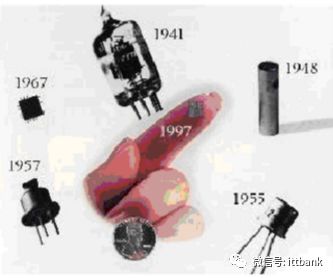
Evolution of transistors
The prelude of integrated circuits - tubes, transistors
An electron tube is an electronic device that generates current conduction in a hermetic closed container and utilizes an electric field to affect the flow of electrons in the vacuum to obtain signal amplification or oscillation. Due to the large volume of the electron tube, large power consumption, high heat generation, short life, low power utilization efficiency, fragile structure and the need for high-voltage power supply, it is not suitable for development needs, and the fate of being eliminated has not been avoided.
A transistor is a solid-state semiconductor device that can be used for detection, rectification, amplification, switching, regulation, signal modulation, and many other functions. Transistors quickly became the "ideal nerve cells" of computers and were widely used. Although the function of the transistor is much larger than that of the electron tube, due to the development of electronic information technology, the transistor is becoming less and less suitable for the development of science and technology, and then there is a more capable integrated circuit.
The birth of integrated circuits
A few messy wires connect the five electronic components together to form the first integrated circuit in history. Although it doesn't look good, it turns out to be much more efficient than using discrete components. The first integrated circuit in history came from Jack Kirby. At that time, the invention of the transistor made up for the shortage of the tube, but the engineers quickly encountered new troubles. In order to make and use electronic circuits, engineers have to manually assemble and connect discrete components such as transistors, diodes, capacitors, and the like.
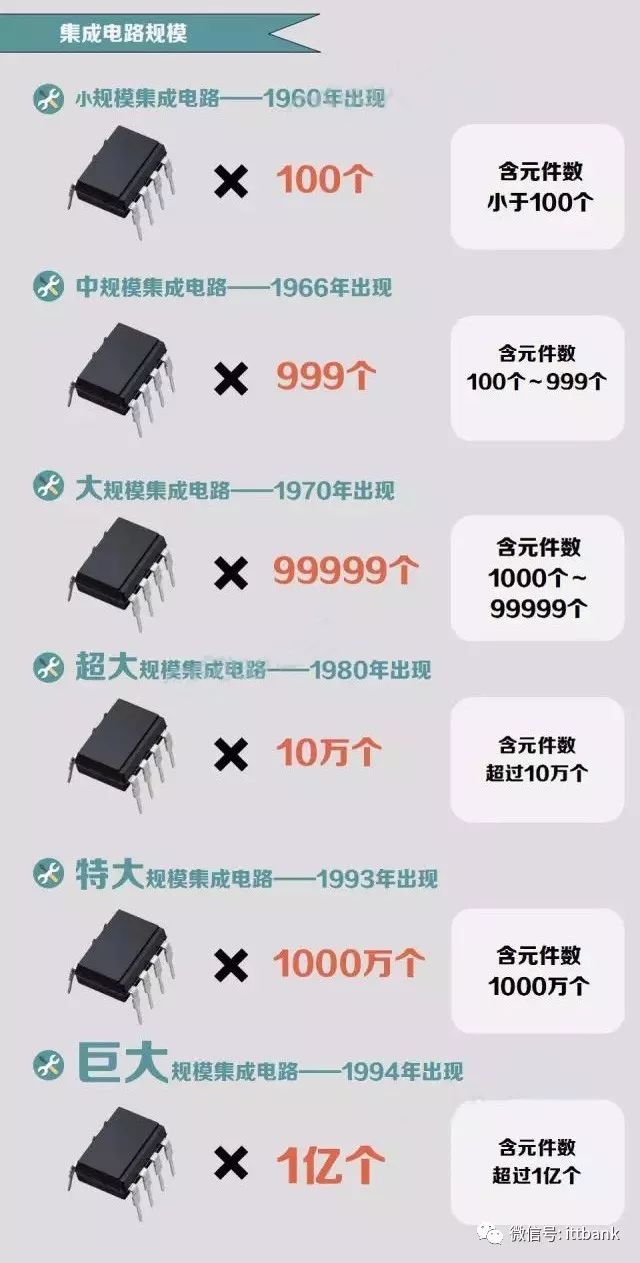
China's integrated circuit industry started relatively late, in the mid-1960s. Up to now, the development of product design, chip manufacturing, and circuit packaging has been formed. We believe that with the development of China's economy and the increasing emphasis on integrated circuits, China's integrated circuit industry will have greater development.


The most famous 10 people in the history of integrated circuits
1, 2, 3
1,2.3. Shockley, Badin and Bratton - the inventor of the transistor
Transistors are the basics of integrated circuits. Without the invention of transistors, it is impossible to invent integrated circuits. Therefore, we put Xiaoke, Buding and Bratton into the first place in the history of integrated circuit development.
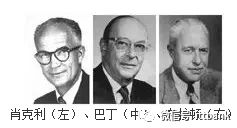
The most familiar of these three people should be Shockley. He is called the "father of transistors". He used his reputation to recruit a group of outstanding young scientists, including the famous "eight rebellious" for follow-up. A large number of well-known semiconductor companies such as Fairchild and Intel have laid the foundation.
6
6. Jean Hoern – laid the foundation for silicon as a key material in the electronics industry
Joan Herni, one of the "eight rebellious". Born in Switzerland in 1924, he received his Ph.D. from the University of Cambridge and the University of Geneva.

In 1952, he moved to the United States to work at the California Institute of Technology, and was appreciated by William Shockley. He joined Shockley Semiconductor a few years later, but could not stand the production of Shockley's parents. In September 1957, including Joan Herni. Eight key engineers resigned from Shockley Semiconductor. Shockley was extremely angry when he was shocked, calling them "eight rebellious." These eight rebellions later had an extremely important impact on the development of Silicon Valley. They formed Fairchild. In 1959, Jean Hoerni invented the planar process using a process called optical etching, which is somewhat similar to the process of rinsing a photo with a negative. At first, he used a piece of silicon or silicon. Then he sprayed a substance called a photoresist on it. If you put the light on it, the photoresist will become hard, and then you can use a special chemical to remove the photoresist that is not exposed to light. So, Hirne created a mask that looks like a negative with a small hole in it that filters out unclean things and lets them flip through the light. After the chemical washing, as long as the photoresist is left on the metal plate, the impurities do not scatter below. To solve the reliability problem of planar transistors, revolutionized semiconductor production. It is called "one of the most significant achievements of the 20th century" and said it has established the status of silicon as a key material in the electronics industry.
4
4. Jack S. Kilby, the father of integrated circuits
Jack Kilby (November 8, 1923 - June 20, 2005). In 1958, 34-year-old Kilby joined Texas Instruments.
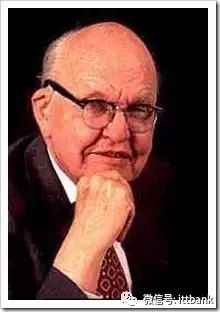
On September 12, 1958, Kilby developed the world's first integrated circuit, successfully realized the idea of ​​integrating electronic devices on a piece of semiconductor material, and passed the inspection of senior management of Texas Instruments. Remember that this day, integrated circuits replaced transistors, paving the way for the development of various functions of electronic products, and significantly reduced costs, making the emergence of microprocessors possible, creating a new era in the history of electronic technology, Let us now take advantage of the emergence of all electronic products.
Great inventions and characters will always be verified and remembered in history. In 2000, Kelby won the Nobel Prize in Physics for inventing integrated circuits. This honor has become more and more precious after forty-two years of examination, and it is the full recognition of the great invention of Kielby. The Nobel Prize jury's evaluation is simple: " laid the foundation for modern information technology."
5
5. Robert Noyce - Science, Business Double Giant
Robert Noyce, one of the "eight rebellious".
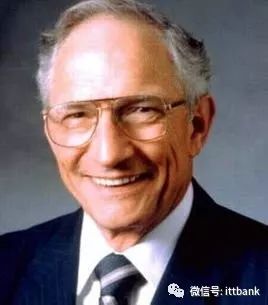
He is a genius in the scientific and business world. On the basis of Kilby, he invented a commercially available integrated circuit, which enabled the semiconductor industry to enter the "commercial era" from the "invention era." At the same time, they also co-founded two of Silicon Valley's greatest companies: one is Fairchild, which is known as the “Whampoa Military Academy†in the semiconductor industry, and one of the world's largest technology giants in designing and manufacturing semiconductors. the company.
It is rare for a person to be in the scientific and business world at the same time. In the end, it is rare, but Neuss has done it. He has become a symbol of the semiconductor industry. He is respected and called "the mayor of Silicon Valley." The achievement of the "Silver Valley Mayor" has also become the goal of engineers in the semiconductor industry day and night.
7
7. Gordon Moore - The Law of One Person, One Industry
Gordon Moore is one of the "eight rebellious". On January 3, 1929, Gordon Moore was born in a small town south of San Francisco.
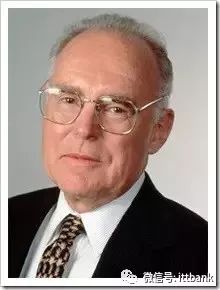
In 1954, he received his Ph.D. in physical chemistry. In 1956, he founded the legendary Fairchild company with Neuss, mainly responsible for technology research and development. After resigning in Neuss in 1968, Gordon Moore followed and founded Intel. In 1975, he became president and CEO of the company.
10
10. Zhang Zhongmou - the founder of the integrated circuit foundry industry
One person defines an industry, one creates a new era of foundry, and one makes the entire integrated circuit industry more dynamic. This person is Zhang Zhongmou.
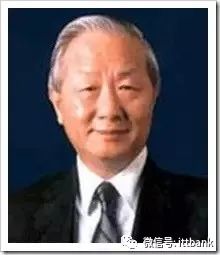
Zhang Zhongmou, 27, works for Texas Instruments and is 25 years old. In 1985, invited by Taiwan, Zhang Zhongmou resigned from his high-paying position in the United States and returned to Taiwan as the president of the Taiwan Industrial Technology Research Institute. He was committed to the rise of Taiwan's semiconductor industry and industrial upgrading. In 1987, he founded the world's first professional foundry company. —Taiwan Integrated Circuit Manufacturing Co., Ltd. (TSMC) pioneered the era of semiconductor foundry.
Before TSMC, the IC industry's model was the same: all integrated circuits were designed by themselves, and Intel, Samsung and other companies integrated chip design and production, and they were all-powerful but bulky. It is this large and comprehensive design and production method that brings high costs and high barriers, slowing down the pace of the entire integrated circuit industry.
Zhang Zhongmou, who saw this business opportunity, boldly became the first "pure" foundry company, did not compete with customers, did not design or produce its own integrated circuits, and only helped semiconductor companies produce integrated circuits that have been designed and formed. It is this model that has brought enormous wealth to TSMC and created two new industries - wafer foundries, Fabless (fables-free integrated circuit design company). Due to the elimination of costly wafer manufacturing, the overall threshold of the integrated circuit industry has been reduced, and a large number of new and energetic integrated circuit design companies have been born, bringing new vitality and creativity to the entire integrated circuit industry.
In 2007, Intel announced the simultaneous production of 45nm process chips with TSMC. This marks that TSMC is so reliable in terms of technology improvement that international big chip companies like Intel have decided to stop or slow down the pace of their own production technology and focus more on technology research and development. At the same time, traditional chip companies NXP and Texas Instruments also announced that they will stop developing some chip production technologies and switch to manufacturing chips with Asian foundry companies such as TSMC. The era of integrated circuit segmentation is coming, a new and more dynamic The integrated circuit industry is in front of us.
8
8. Andy Grove - the king of microprocessors, the hungry Hungarians
"Only the paranoid survive." Only paranoia can survive. Said this sentence is Andy Grove.
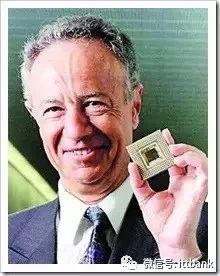
Remember the life before the computer? It can be said that without Intel's microprocessor, even 10,000 young and frivolous Bill Gates will not help. After taking over Intel's CEO baton in 1987, he continued to break the tradition and challenge the existing logic of strategic thinking, making the heart of the digital revolution of microprocessors a powerful beating for the digital age.
Provide a constant source of power. Similarly, without Andy Grove, there is no Intel, the most successful semiconductor company today.
9
9. Hu Zhengming - Inventor of various new structural devices such as FinFET
Born in Beijing bean sprouts alley in 1947, his academic career began at the University of California, Berkeley. He received his Ph.D. in Berkeley in 1973 and has been involved in the development and miniaturization of semiconductor devices.
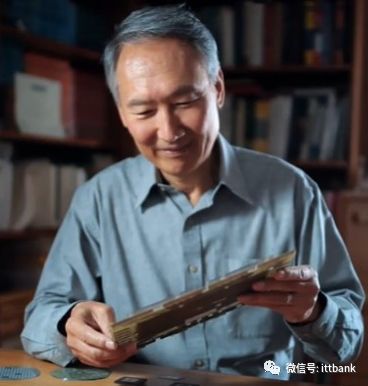
Professor Hu Zhengming is an important pioneer in microelectronics miniaturization physics and reliability physics research, and has made significant contributions to the development of semiconductor devices and the future miniaturization. The main scientific and technological achievements are: the leadership researched BSIM, and derived the mathematical model from the complex physics of the actual MOSFET transistor. The mathematical model was selected as the first design chip by the transistor model council that 38 international companies participated in in 1997. The only international standard; invented a variety of new structural devices such as FinFET, which are highly regarded internationally; contributed to the research of microelectronic device reliability physics: firstly proposed the physical mechanism of thermal electron failure, and developed a fast prediction device using impact ionization current. The method of lifetime, and proposes the physical mechanism of thin oxide layer failure and the method of rapidly predicting the life of thin oxide layer with high voltage. A computer numerical simulation tool for IC reliability based on device reliability physics was pioneered.
As a top semiconductor expert, Professor Hu Zhengming has made outstanding contributions. He is an IEEE Fellow, an academician of the American Academy of Engineering, and a foreign academician of the Chinese Academy of Engineering. When TSMC became the CTO, it won the nickname "Taiwan's first CTO." But Hu Zhengming is a true hidden world, indifferent to fame and fortune, dedicated to the most loved semiconductor industry throughout his life, and no regrets, in his own words, "If I want to re-elect one line today, I Still choose the semiconductor line." After 2010, the Bulk CMOS process technology, which lasted for decades, came to an end at 20nm. The FinFET and FD-SOI processes that Professor Hu began to explore and invented 20 years ago became the only two important choices for the semiconductor industry. Because of his two important inventions, Moore's Law is able to continue the legend today.
27 chips that shake the world
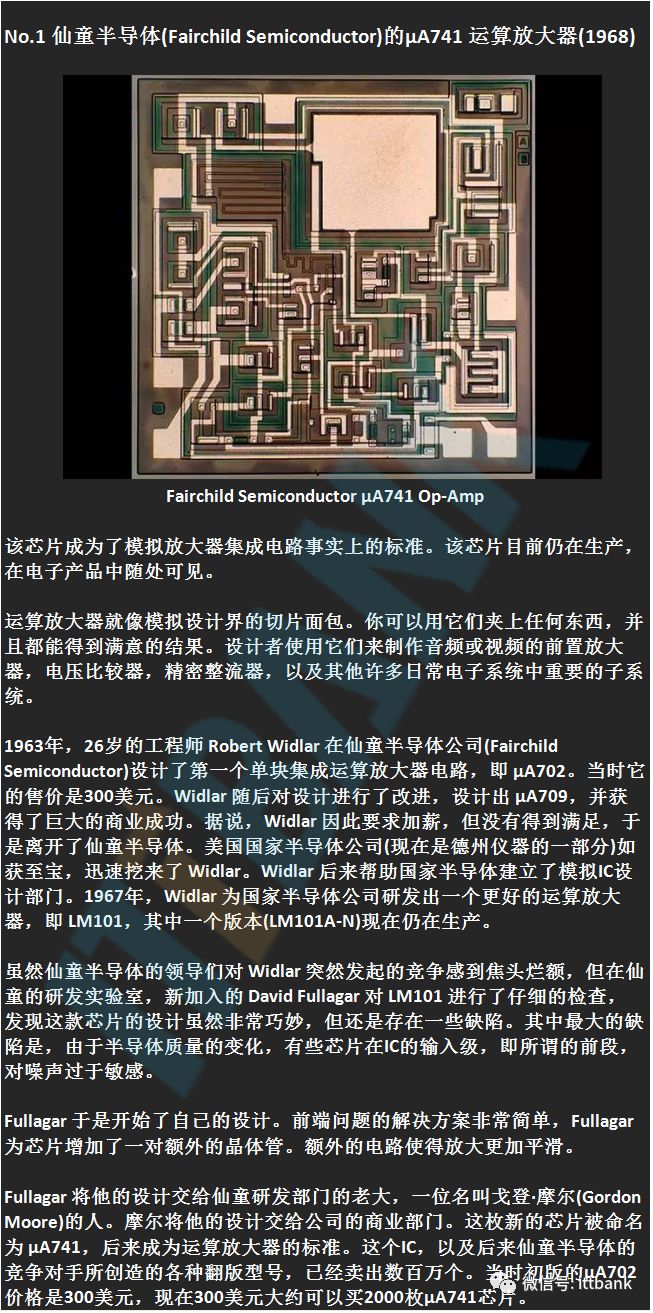

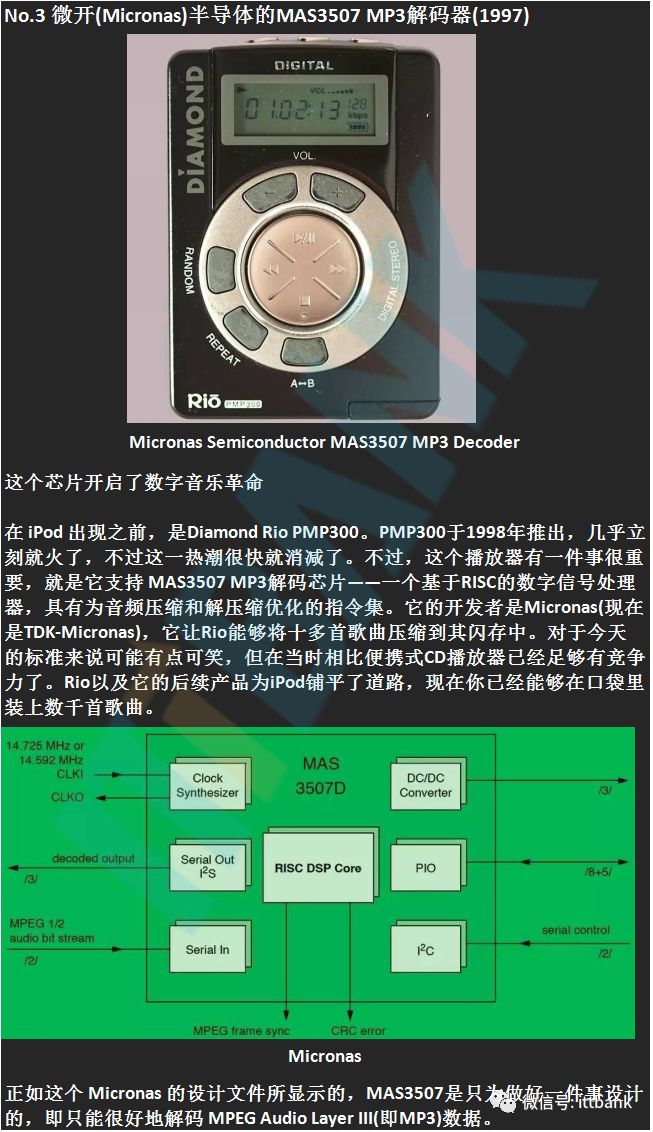
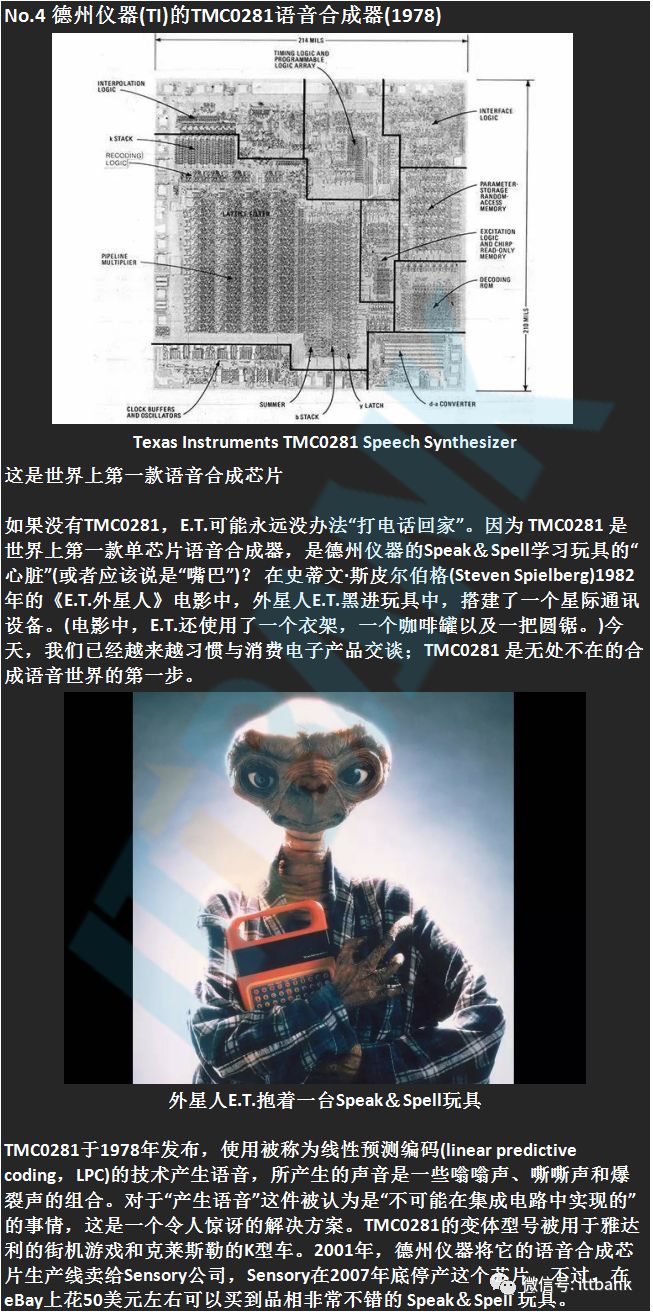
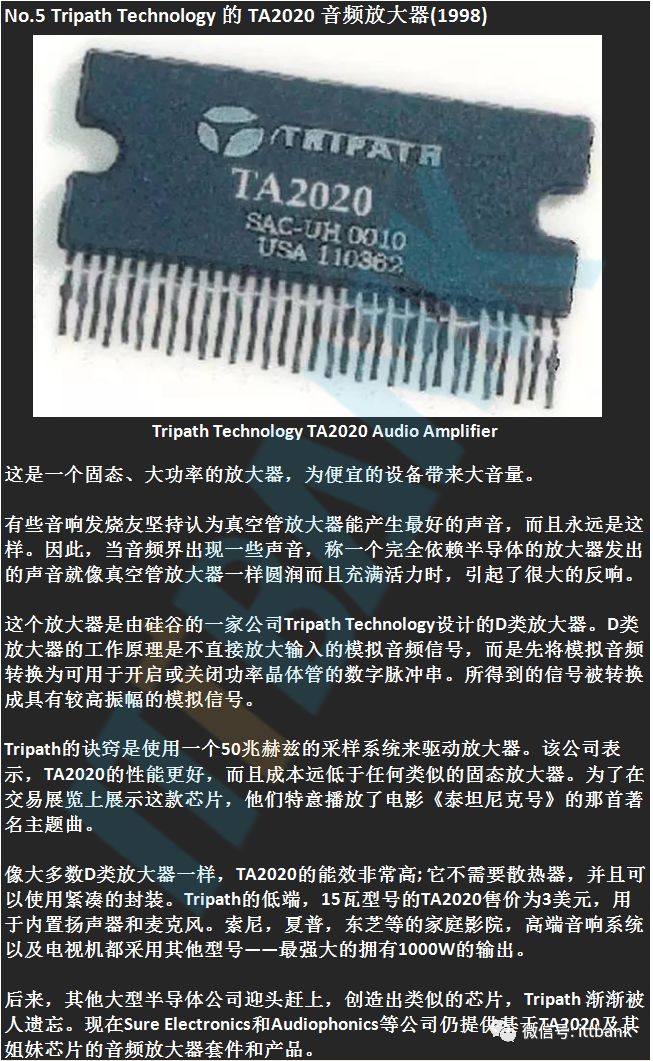
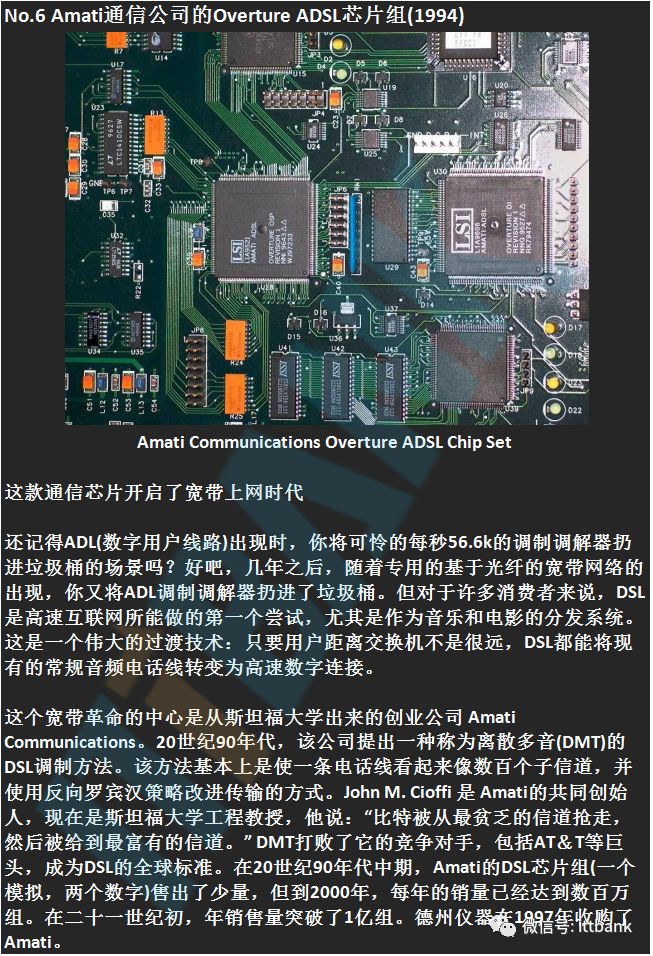
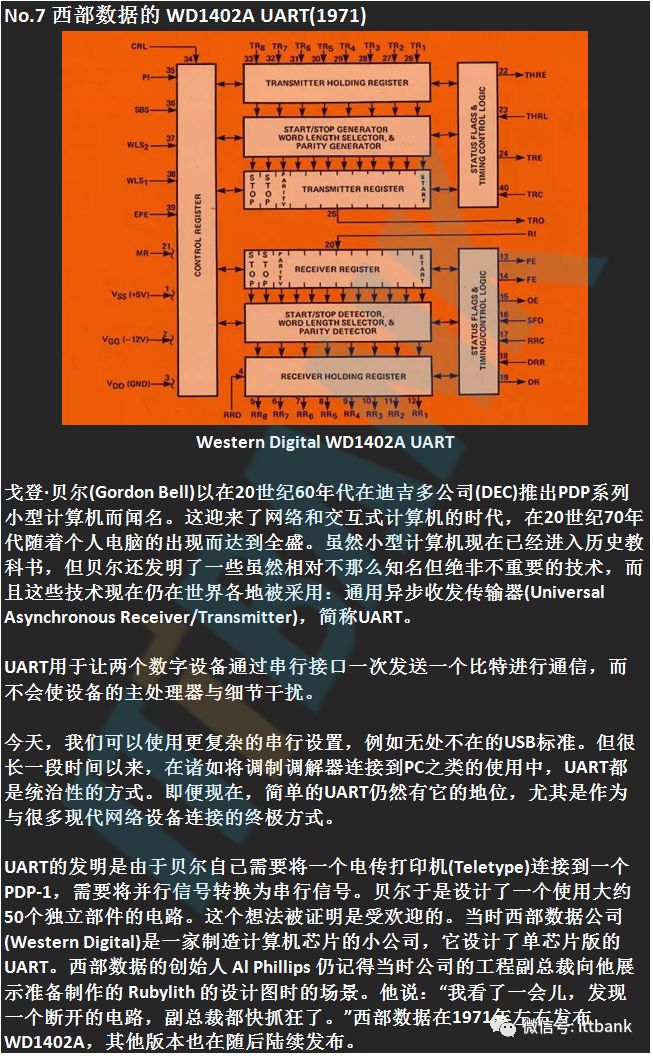
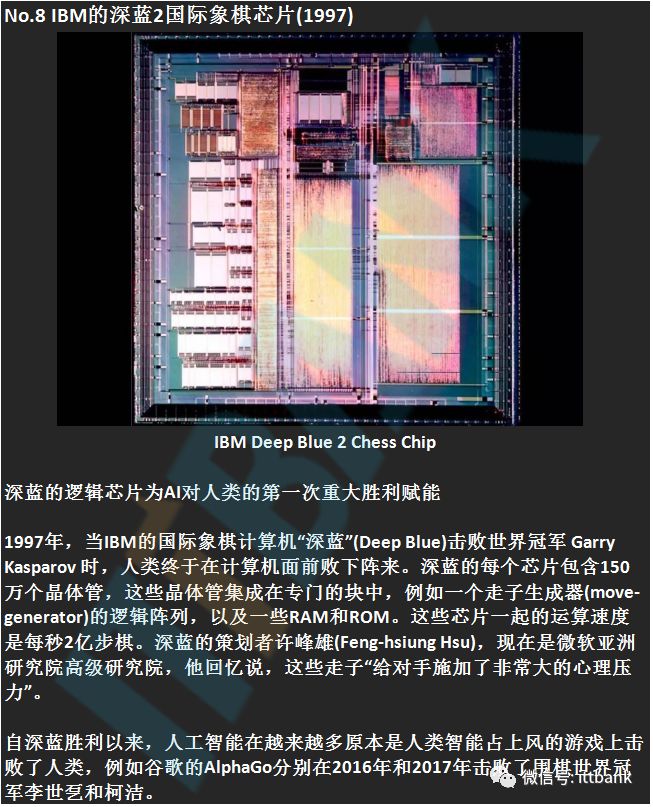
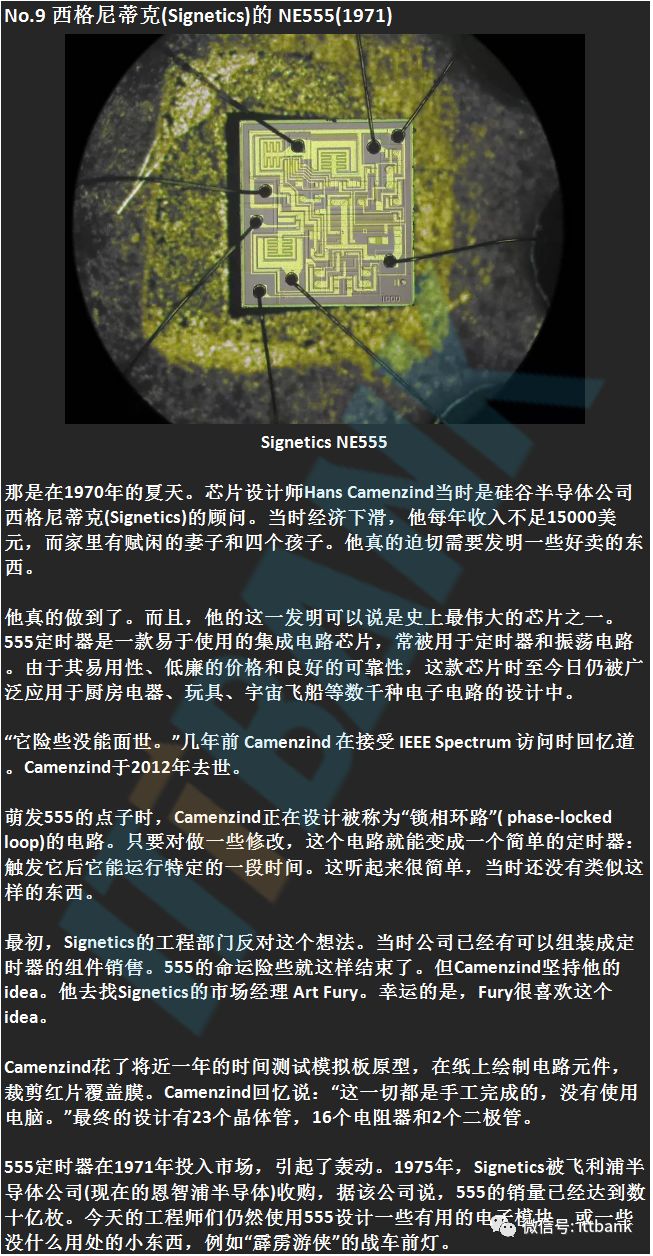
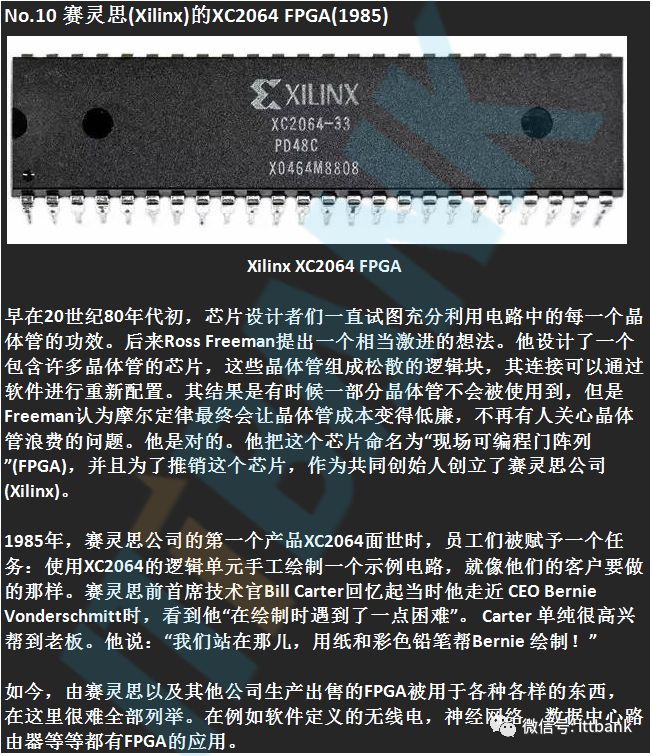
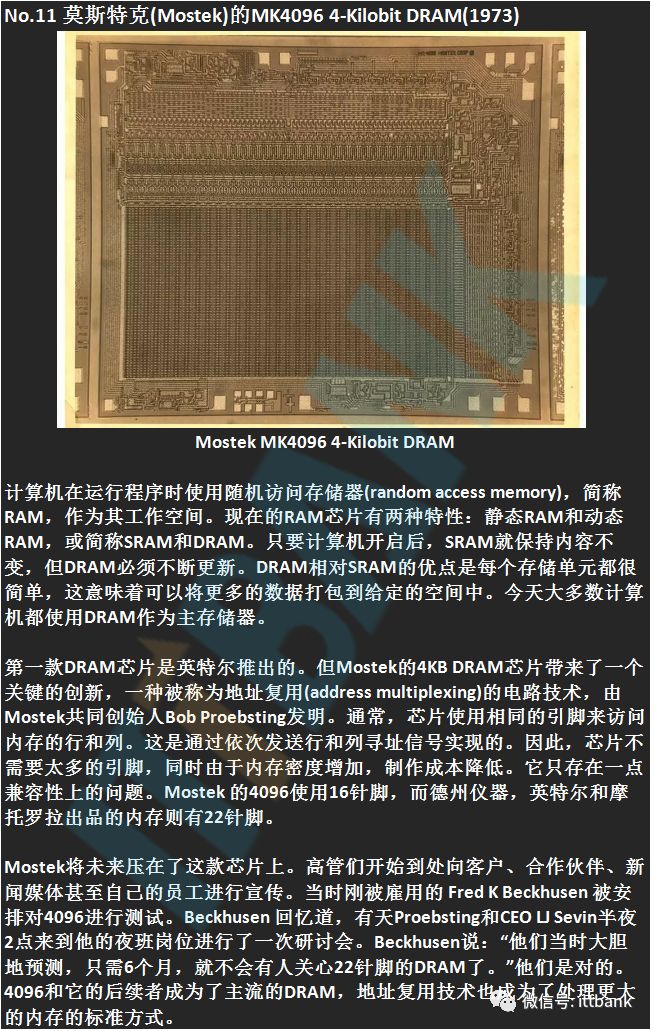
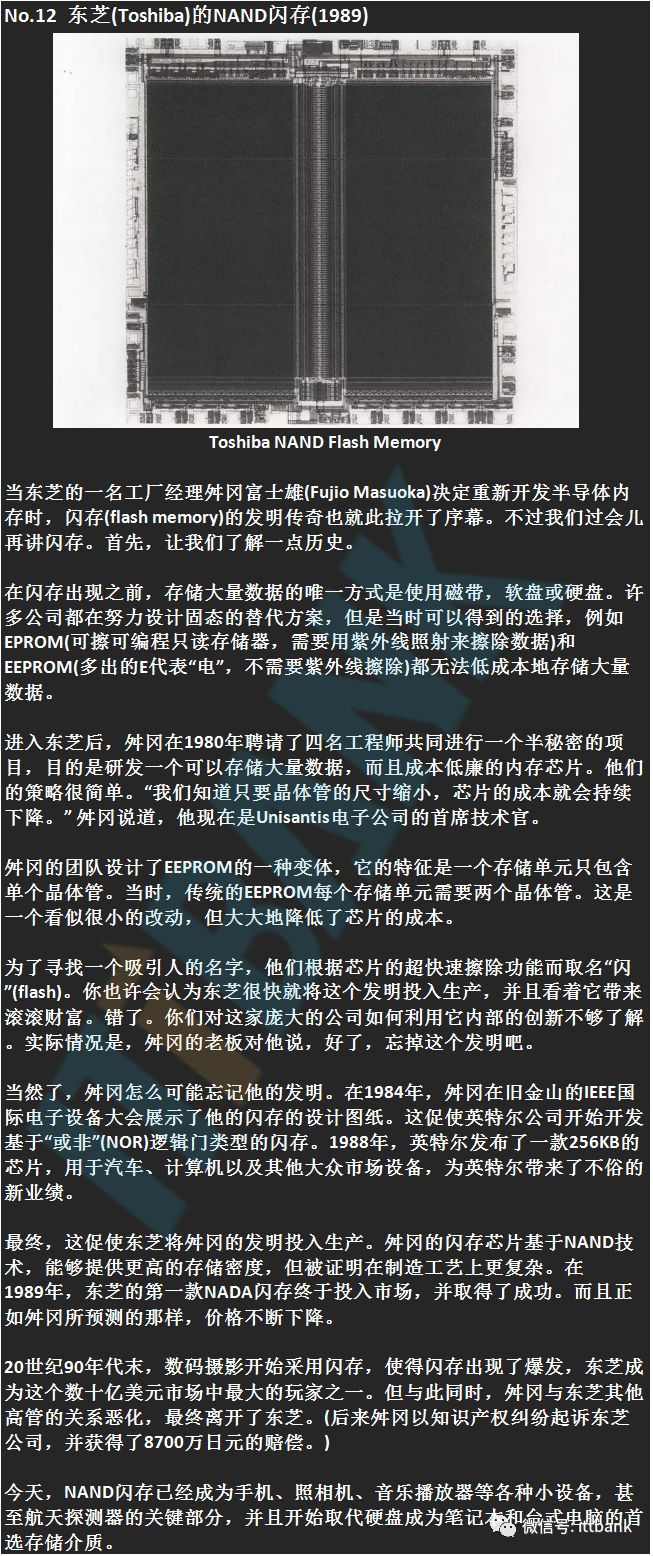
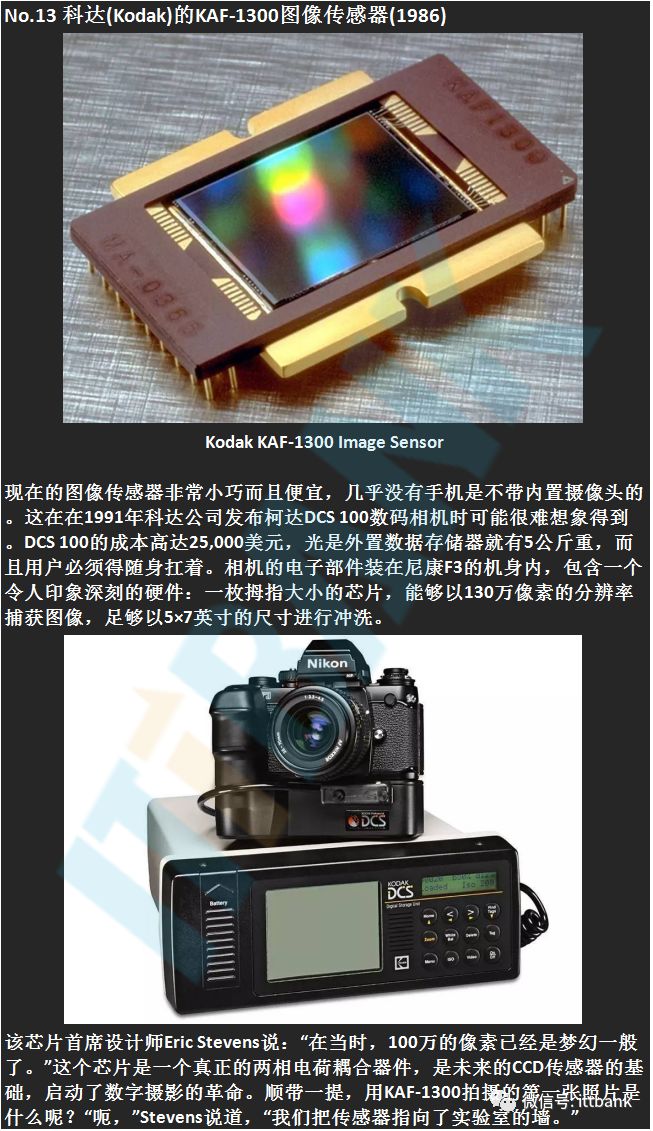
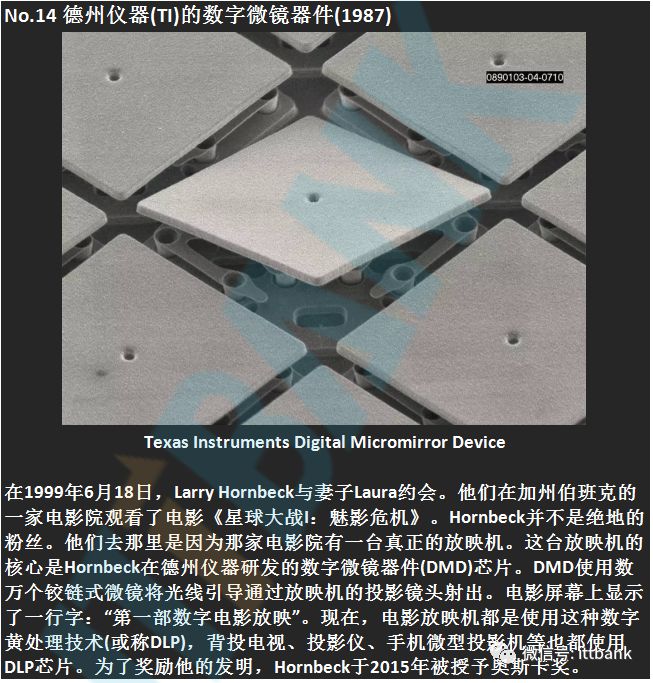

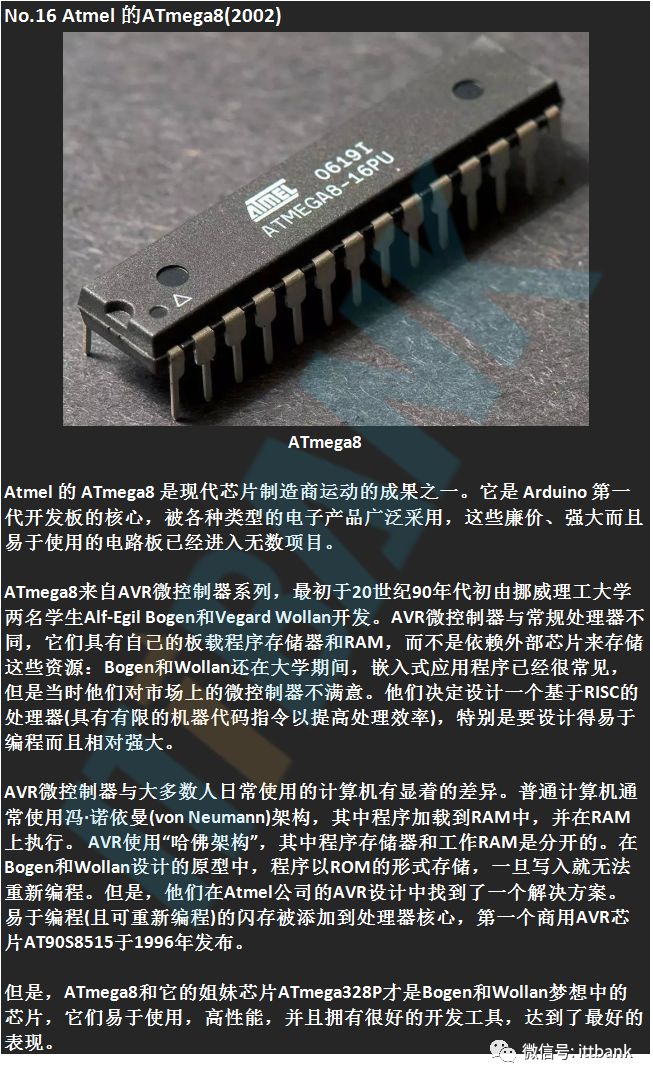
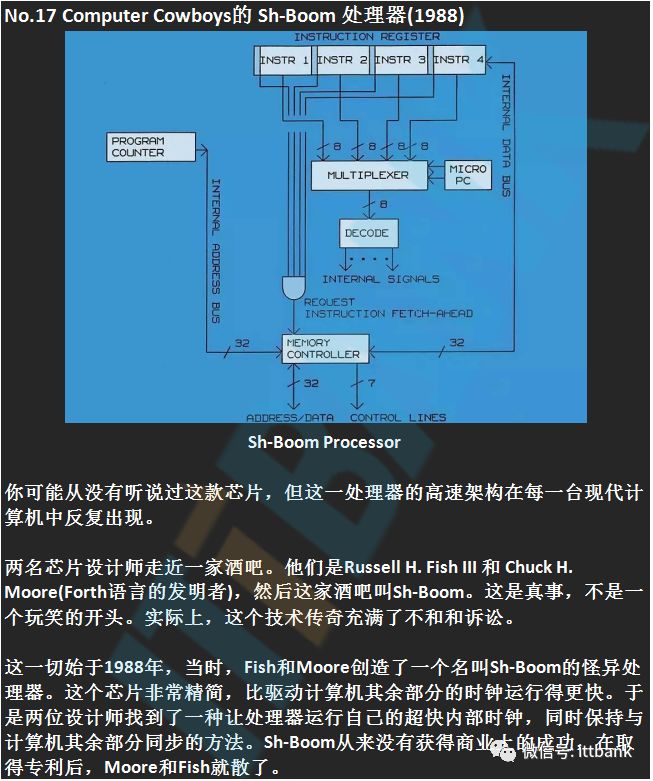
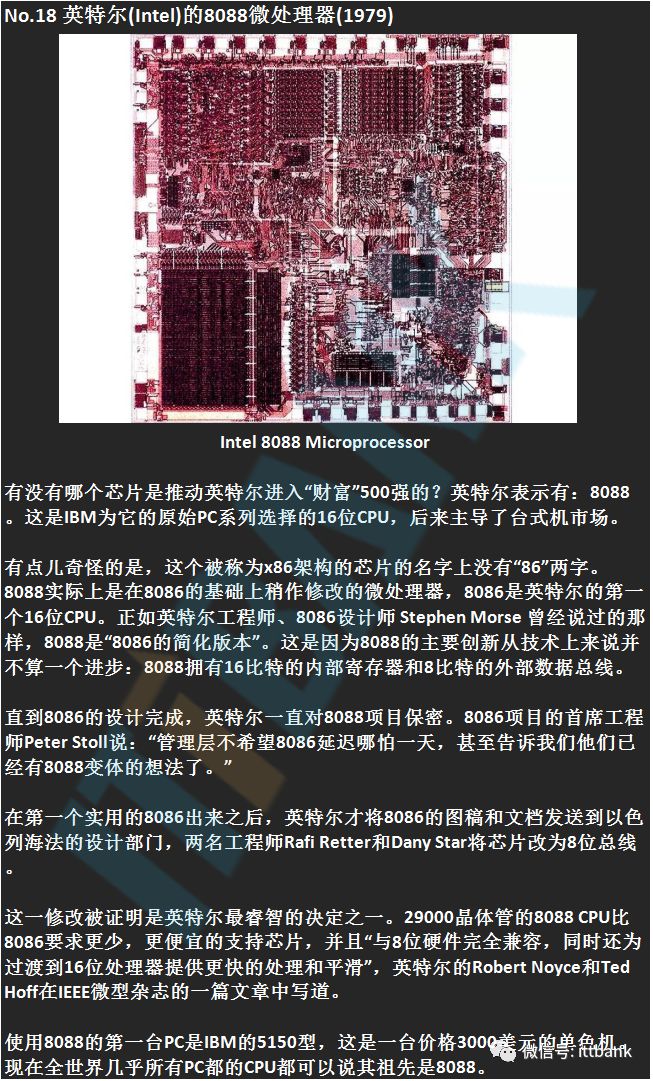
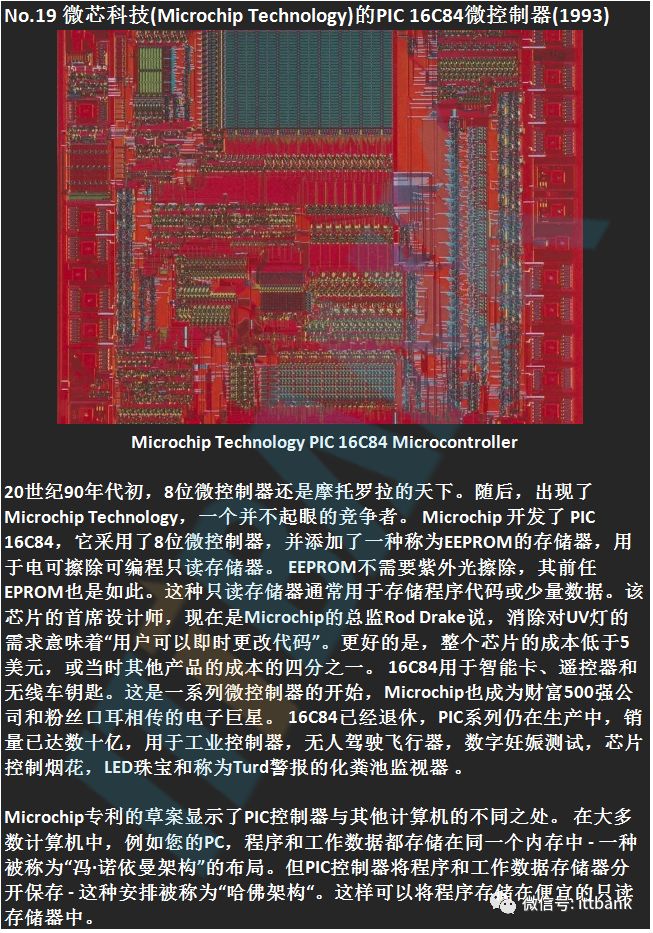

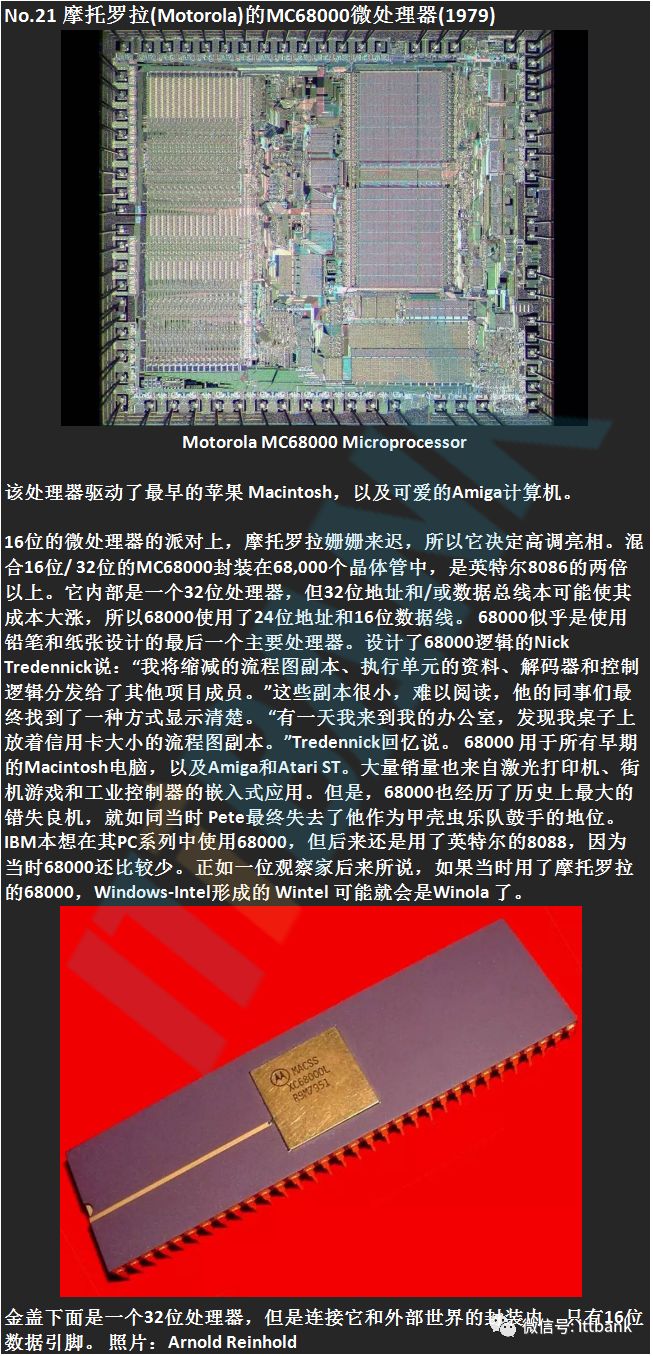
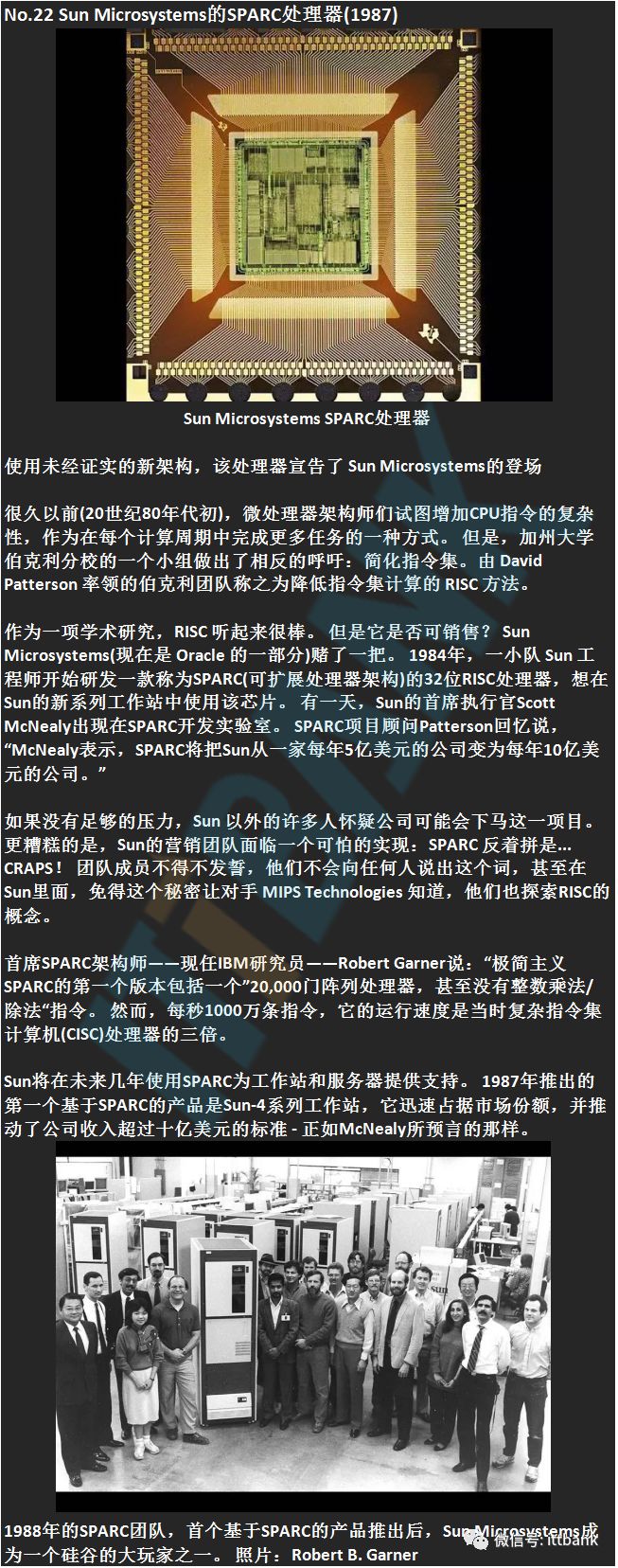
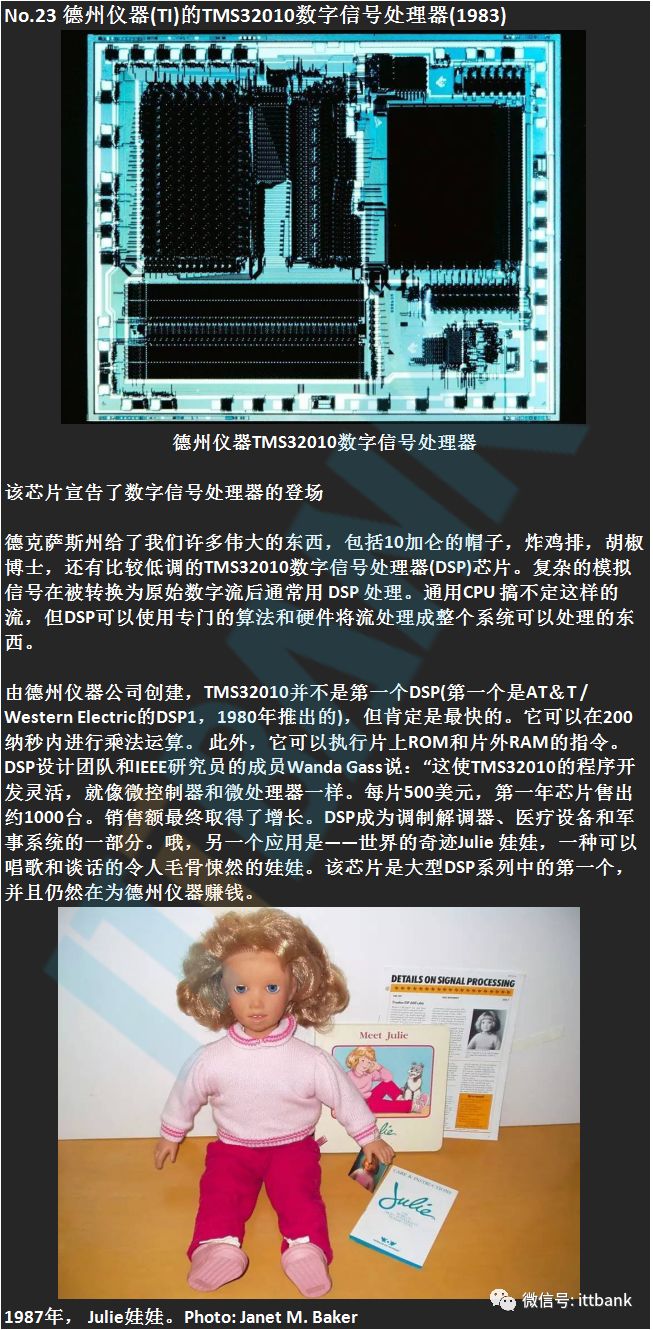

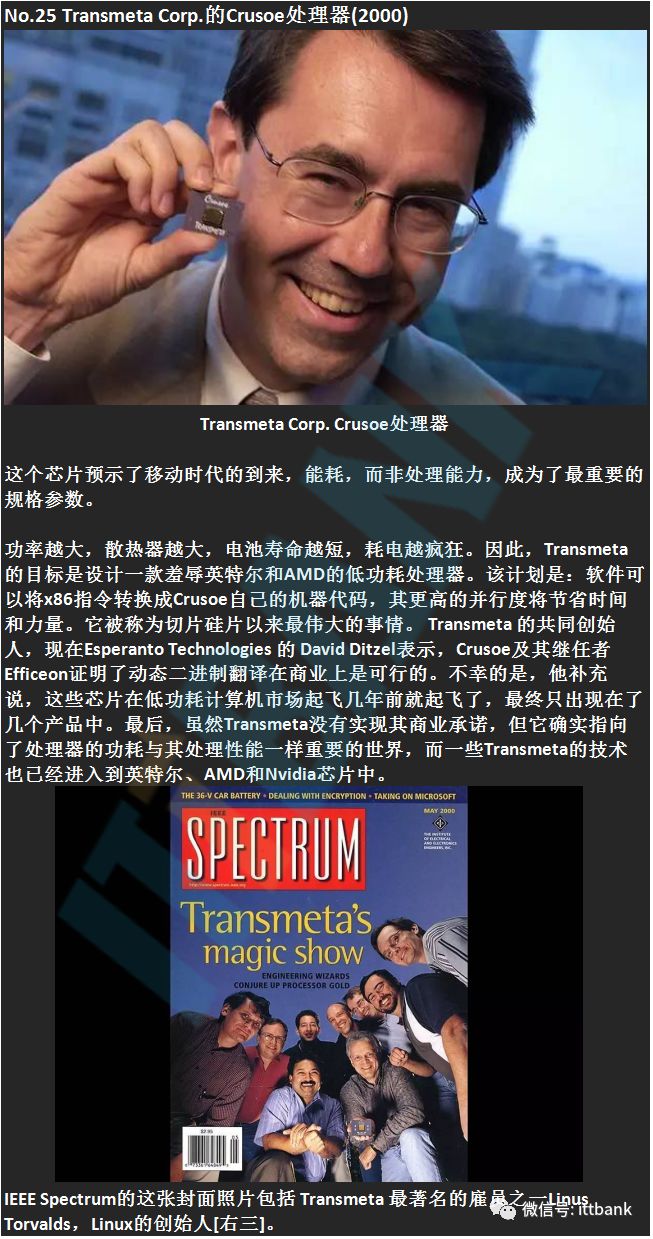
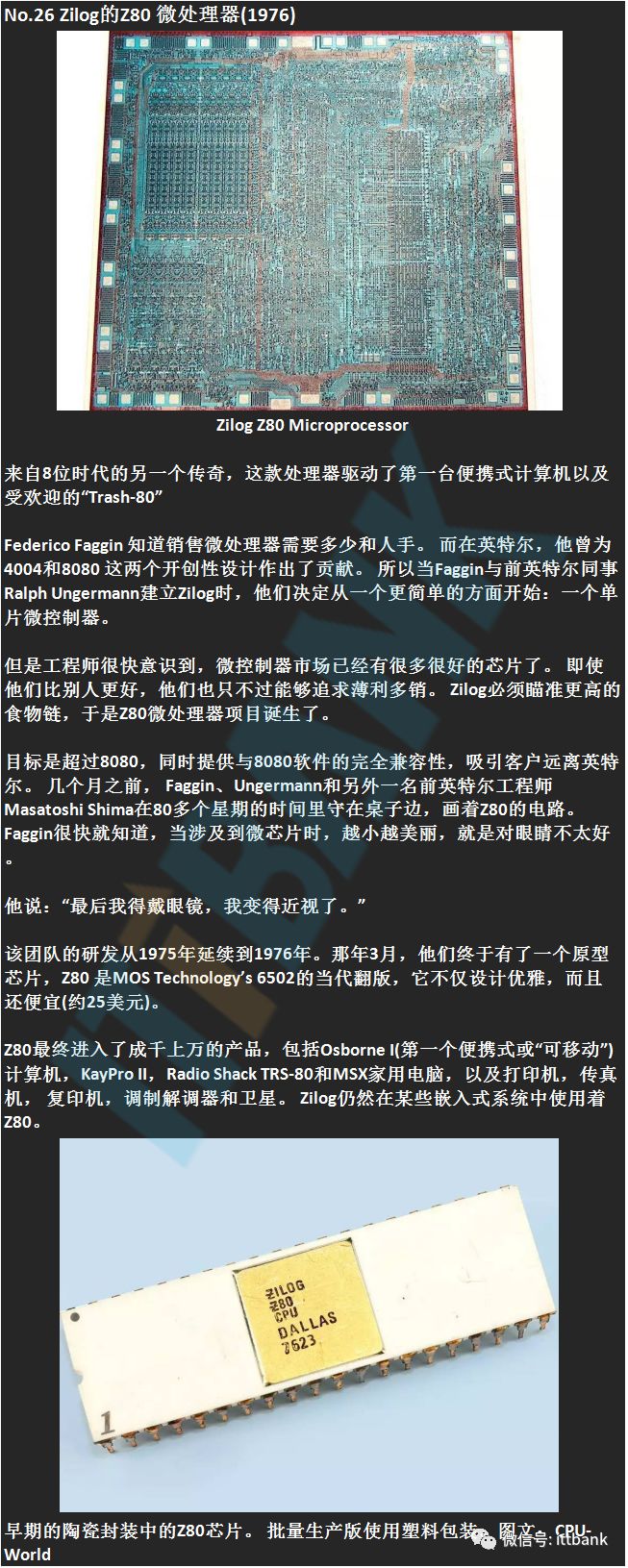
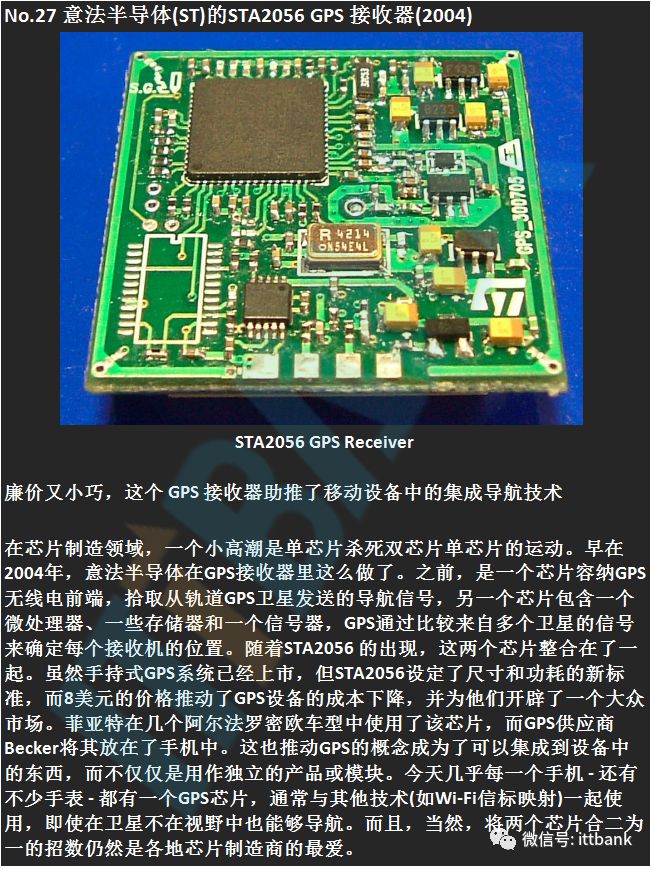
As a mobile multi-purpose platform, tablet computers also provide many possibilities for mobile teaching. The touch-based learning & entertainment teaching platform allows children to efficiently improve their academic performance in a relaxed and pleasant atmosphere. Such tablet computers generally integrate two learning sections of various courses and systematic learning functions. Generally, it includes multi-disciplinary high-quality teaching resources. The education tablet has the following main functions: it has the functions of touch screen input, text editing, picture editing, data storage, data management, wired and wireless Internet access that ordinary tablet computers have; Management functions, search methods support manual search, query by keyword, query by time; text and pictures can be scanned and converted into documents to save.
Education Tablet,learning tablet,leaning machine,New learning tablet
Jingjiang Gisen Technology Co.,Ltd , https://www.jsgisengroup.com